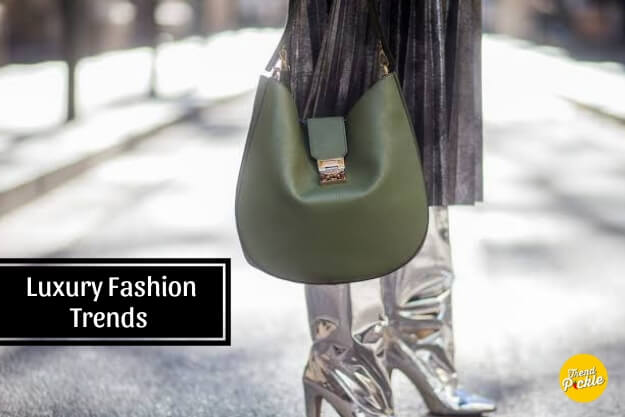Luxury fashion used to be about quality and nothing else. It used to be wrapped in its own bubble, dictating the market and unable to be reached by many. However, consumer attitudes are now changing the course of the “high and mighty” luxury brands, thus transforming the definition of luxury fashion forever Like Critical Role Merch
Luxury fashion marketing strategies
The luxury fashion market might be small in size and number, but its influence in the industry is massive. One released design by an international brand and others would follow suit. In short, the luxury fashion is the trendsetter; therefore, marketing it is challenging yet exciting.
One intangible element that luxury fashion has held onto for generations is its sense of elitism, hedonism, and self-elevation, which consumers strive to have by getting their hands on the latest items by high-end brands.
Through the power of today’s social media, luxury brands are banking on the influence to reach a broader market of viewers and potential buyers, all the while maintaining a reputation that only a limited amount of stocks are available.
Luxury fashion marketing strategies
To create desire, luxury brands find new ways to illustrate beauty, status, and power into everything they release. Human beings automatically connect emotionally to beauty, status, and power, and if these become embodied in a bag, for example, it becomes a want.
1. Create an emotional connection
To create desire, luxury brands find new ways to illustrate beauty, status, and power into everything they release. Human beings automatically connect emotionally to beauty, status, and power, and if these become embodied in a bag, for example, it becomes a want.
2. Customization and uniqueness
The beauty of handiwork and craftsmanship is that it is highly customizable and yields unique and one-of-a-kind results. This is one marketing strategy of luxury brands that have stood the test of time and is still being implemented today.
3. Limit access
Luxury brands before had no problem with stock control as labels were hand sewn onto each item. Things have changed in today’s setup, and as luxury items have become more democratized, brands and their logos are becoming like a household name. In response to the risk of losing the allure of luxury, brands have learned ways to limit access to its products, such as a long waiting list or a limited item with only a handful of stocks made.
4. Attract the right customer again and again
The main target market of luxury labels is those with higher spending capacities. Through the use of advertisements directed only toward those on the upper-income level, the right consumers will be lured in. Moreover, the use of dynamic remarketing, in ways as simple as rewording the catchphrase to something trendier, will keep attracting the right buyers.
Luxury fashion trends
Sustainability
Unfortunately, the fashion industry has continued to be quite elusive when it comes to the sustainability of its supply chains. Based on the Fashion Transparency Index, which gauges the carbon footprint of fashion brands, luxury labels often don’t make the cut to be considered environment-friendly. On the bright side, more and more brands are beginning to make changes towards sustainability and are becoming more transparent with their manufacturing and operations.
It’s the who not the how much
The luxury fashion of today is not so much focused on the price of a particular item but who is showcasing it. Once again, the digital age and social media have made it possible that one celebrity holding the latest limited-edition Hermès purse will spark the interest of someone from thousands of miles away. The more influencers flaunt a particular brand, the more appeal is created for it.
Put the brand everywhere
Putting the brand everywhere literally means stamping the LV logo on anything like a dog collar and yanking up the price. Other brands that used to be known for selected items are now releasing T-shirt lines and the like, to reach a niche just for millennials.
The changing trends in the fashion industry have definitely affected the luxury fashion market. Big brands have already committed to becoming more environmentally-aware and sustainable by x number of years, while others have stopped manufacturing a particular material because of its negative implications.

